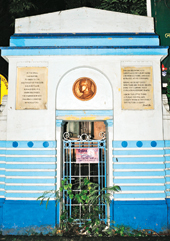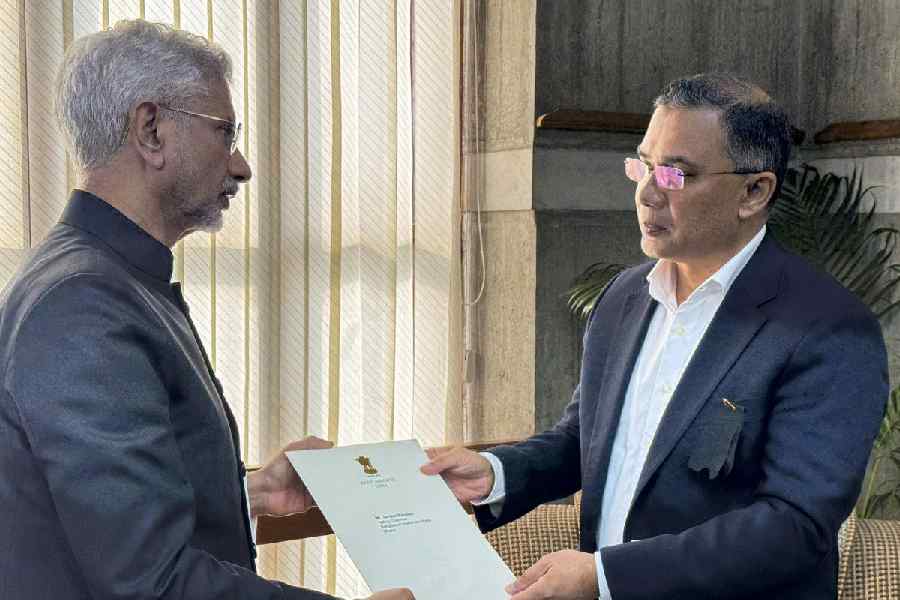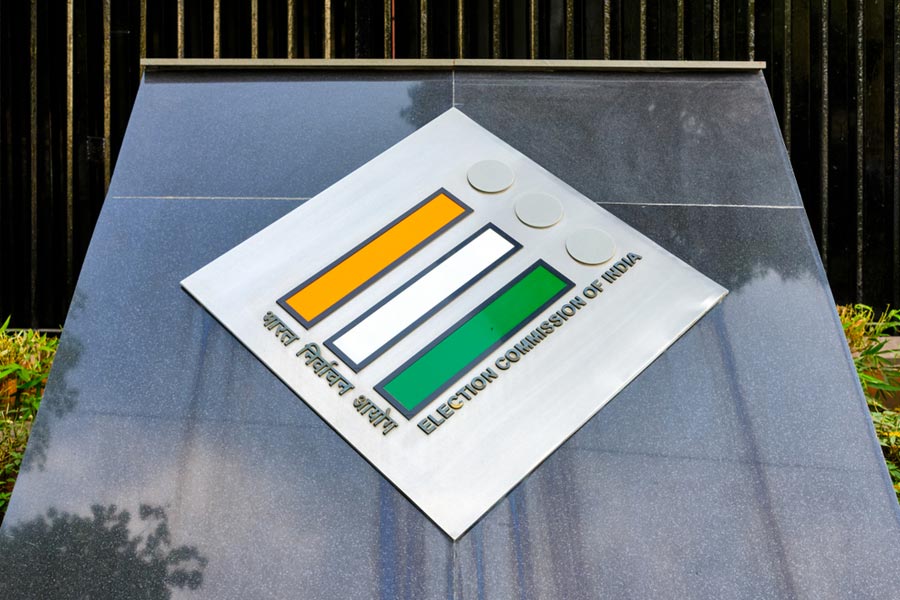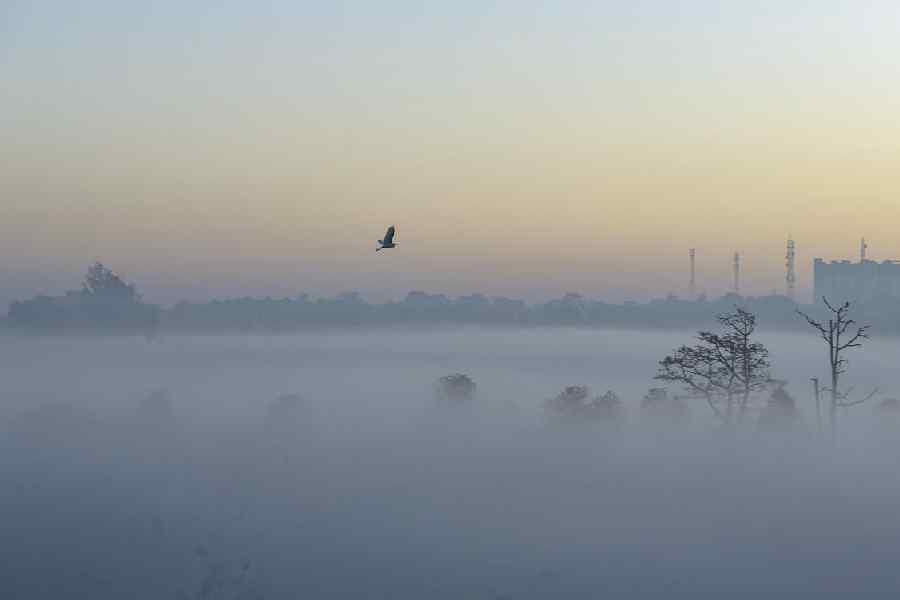 |
| A memorial to Sir Ronald Ross, who discovered how the Anopheles mosquito spreads malaria, at SSKM. Pictures by Sanjoy Chattopadhyaya |
 |
 |
An aspiring schoolteacher’s quest for one crucial mark in a recruitment exam has put a question mark over the answer to the question: in which city did Sir Ronald Ross discover that mosquito is the malaria vector?
Many Calcuttans would have tackled this question in school, college, a competitive exam or a quiz without knowing that one day a panel would be set up to decide the correct answer, as ordered by a high court judge on Thursday.
Justice Biswanath Somadder asked the National Library to form a panel to do the research, based on a petition by the candidate who fell a mark short of the qualifying cut-off of 60 in the 2012 eligibility test for teachers conducted by the School Service Commission.
The malaria poser to the candidates for posts of teachers in classes V to XII had come with four choices: Calcutta, Secunderabad, Allahabad and Chennai. The candidate in question had picked Calcutta and was sure his was the right pick.
His lawyer told the high court on Thursday: “It is known to all of us that the great scientist Sir Ronald Ross had discovered that mosquitoes are carriers of the malaria parasite. We also know that Ross made this landmark discovery at a laboratory in a hospital in Calcutta.”
The commission says the correct answer is Secunderabad and mentions so in its website, including the answers to all the other questions asked in the 2012 teacher eligibility test that is conducted in two parts. The question on malaria was in the second part, which has a portion on general knowledge.
“You are supposed to score 60 out of 100 to qualify. But the candidate who moved court scored 59. He appealed under the RTI Act to see his answer script,” said Subir Sanyal, counsel for the commission.
Lawyer Dipak Roy, representing the petitioner, wouldn’t give up. “There is a building on the SSKM Hospital campus named after Ronald Ross. This is enough to prove that Calcutta is the right answer to the question,” he argued.
The counsel for the commission produced a copy of the Encyclopaedia Britannica to prove Roy wrong. “The Encyclopaedia Britannica is the most authentic and it says Sir Ronald Ross discovered the Anopheles mosquito as the malaria vector in Secunderabad,” he said.
Roy refused to give up. “We all know it was in Calcutta that Sir Ronald Ross spent the most crucial years when he was doing research on malaria. So Calcutta has to be the place where he discovered that malaria is spread by mosquitoes.”
The lawyer said that if his opponent had any doubt, it should be settled by experts. Justice Somadder decided not to prolong the debate. “Then it would be wise to have a team of experts to confirm which is the right answer: Calcutta or Secunderabad,” he said. “The National Library authorities should constitute an expert committee and its report should be sent to this court within a month.”
Ross, the India-born British doctor, received the Nobel in physiology or medicine in 1902 “for his work on malaria, by which he has shown how it enters the organism and thereby has laid the foundation for successful research on this disease and methods of combating it”.
A plaque on the boundary wall of SSKM Hospital, Calcutta, says: “In the small laboratory 70 yards to the south east of this gate Surgeon Major Ronald Ross I.M.S. in 1898 discovered the manner in which malaria is conveyed by mosquitoes.”
Many in Calcutta would have seen the plaque and possibly missed the operative words “manner in which”.
The malaria archives of the United States Centers for Disease Control and Prevention, considered the most authentic by a section of experts, contains a document that says: “On 20 August, 1897, in Secunderabad, [Ronald] Ross made his landmark discovery. While dissecting the stomach tissue of an anopheline mosquito fed four days previously on a malarious patient, he found the malaria parasite and went to prove the role of the Anopheles mosquitoes in the transmission of malaria parasites in humans…. He continued his research into malaria in India, using a more convenient experimental model, malaria in birds.”
In Calcutta, Ross and his assistants worked out the life history of the malaria parasite in 1898. He retired from service in 1899 but returned to Calcutta in 1927 to unveil the plaque at SSKM.
“The plaque was unveiled by Ross himself on January 7, 1927, in the presence of Lord Lytton,” said Ranen Dasgupta, a retired endocrinologist and general secretary of the Sir Ronald Ross Memorial Centre.
Ross’s granddaughter Janie Philip was in Calcutta last year and visited the small, red-brick building where her grandfather had worked.
SECUNDERABAD’S CASE
On 20 August, 1897, Ronald Ross was working in Secunderabad when he discovered the role of the Anopheles mosquito in the transmission of malaria parasites to humans
CALCUTTA’S CASE
It was in Calcutta in 1898 that Ross and his assistants traced the life history of the malaria parasite











